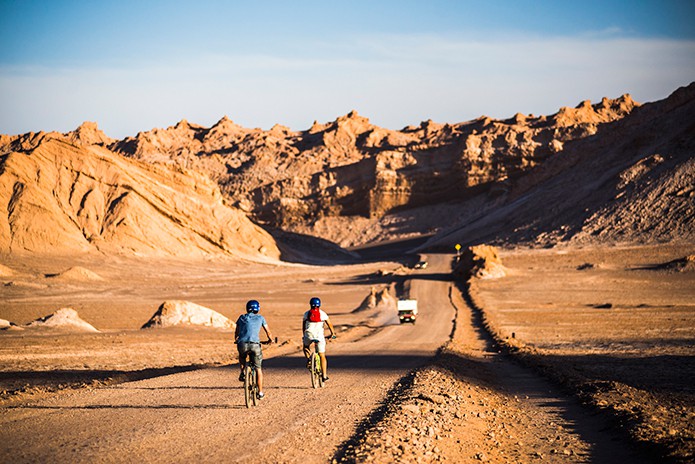
Cycling in Moon Valley, Valle de la Luna, Atacama Desert, North Chile. Image courtesy of Alto Atacama Desert Lodge & Spa.
In Chile, contemporary architecture is shaped by nature, mass urbanisation, poverty and a willingness to improve. Traditional styles and influences are found across many dwellings.
Chile: Facts and Figures
Chile is a truly natural marvel. The world’s longest and narrowest country, it is flanked by the majestic Pacific Ocean to the west and the soaring Andes to the east. In the country’s north lies the driest place on Earth, the Atacama Desert. To its south is Cape Horn, the southernmost point of South America. Chile’s centre contains nearly all of its arable lands and is home to the majority of its population. Extending across a tectonically unstable region, Chile is prone to catastrophic earthquakes. Following the major quakes of 1960 and 1985, the country adopted seismic construction codes in order to help save lives and to maintain the structural integrity of buildings and facilities (Bostwick, 2010).
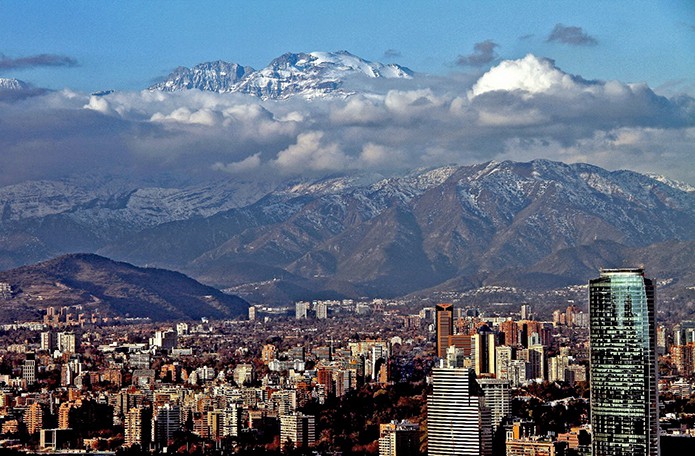
Santiago, Chile. Image © South America Planet.
Chile’s population is in the region of 18.1 million inhabitants (“Chile Population,” 2016). The country is highly urbanised: in 2015, 89.5 percent of Chile’s residents lived in an urban area (“Urban/rural division of countries,” 2016 ). Chileans are mainly of European or mixed European and indigenous descent; around five percent of the population is indigenous Mapuche (“Chile Facts,” n.d.).
Chilean Architecture
The combination of Chile’s natural geography and susceptibility to earthquakes, its urban predisposition and European heritage, has ensured this is a country whose architecture is wide-ranging. Colonial-style buildings remain common in many places and there are numerous examples of neoclassical, Georgian and modern architecture. In southern Chile, one can find a traditional ruca (or ruka), a Mapuche home made of wood and covered in hay. Chilean architecture’s penchant for contemporary dwellings, built using concrete, glass and steel, has placed the country firmly on the modern-day architectural map. As a long country, Chile inevitably experiences a myriad of weather patterns. Consequently, architectural structures have varied historically and were determined by a particular region’s climate: materials such as stone and mud were used in the drier north, adobe in the central province and wood in the wetter south (“Architecture,” 2009).
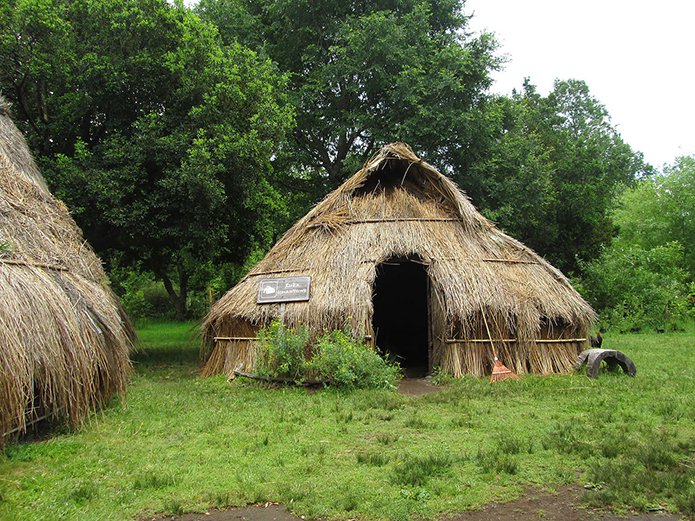
A traditional Mapuche ruca. Image via Wikimedia Commons.
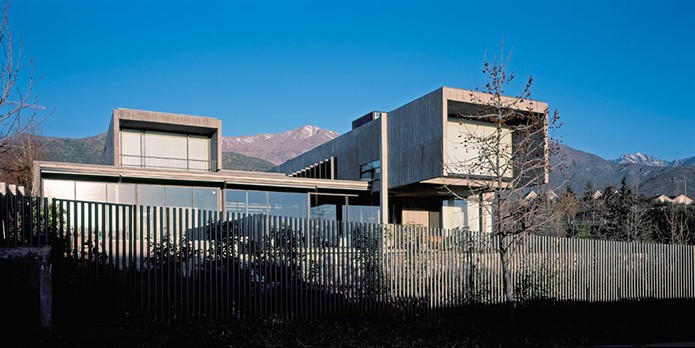
10 X 10, a contemporary concrete and glass house in a Santiago suburb by Max Núñez Arquitectos. Image © Max Núñez Arquitectos.
Chilean architecture post-Pinochet
Chile, after the Augusto Pinochet dictatorship, saw a regeneration of its economy, a reduction in the levels of poverty and an increase in civil liberties (Hopkins, 2012). Post-Pinochet (post-1990), Chile’s rise in the world of architecture has been meteoric, with more than forty architecture schools and a continuing economic boom resulting from mining and agricultural exports (Miranda, 2015). Architects such as Alejandro Aravena graduated in a post-dictatorship Chile. During Pinochet’s reign, many foreign books and magazines were banned and students found themselves wondering about life in the rest of the world. Almost by default, education was practically oriented as opposed to one based on theory. Aravena remembers his professors as “practitioners” who would teach their students “how to get buildings built” (Kimmelman, 2016).
Alejandro Aravena and Incremental Housing
Chilean architect Alejandro Aravena is the recipient of the 2016 Pritzker Architecture Prize, an award that has arguably boosted the country’s architectural credentials. Alejandro Aravena is considered someone who “epitomizes the revival of a more socially engaged architect” (“Alejandro Aravena of Chile,” 2016). Aravena founded Elemental architecture studio in 2001, an aptly labelled “Do Tank” that spotlights public interest and social impact projects. As an example, Elemental pioneered the “ABC of Incremental Housing”, a system that allows buildings to grow harmoniously over time.
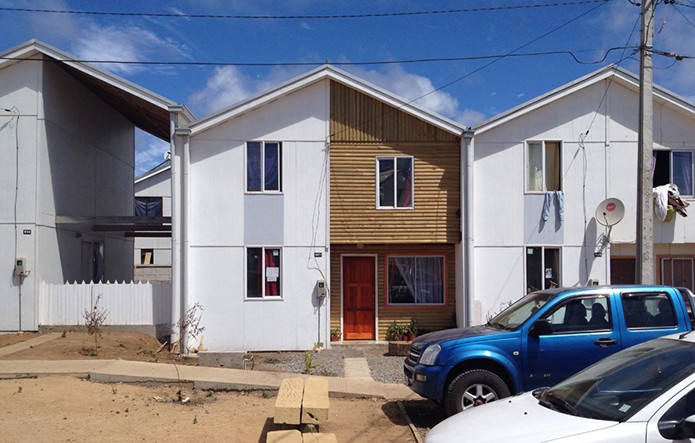
Villa Verde is a 2013 Incremental Housing project that provided 484 homes in Constitución, Chile. Images © 2016 Elemental.
As a step towards tackling massive urbanisation and its detrimental impact on poverty, the “incremental” approach is one where a government funds the construction of half a well-made house, a property that is imbued and built with an inherent middle class DNA. The residents can then complete the remaining half of the house as and when resources allow. Expansion happens as a result of good design, with planning for up to four bedrooms, bathrooms placed where bedrooms are located and even space for parking a car. At the present time, such amenities are not included in typical Chilean social housing (“ABC of Incremental Housing,” n.d.).
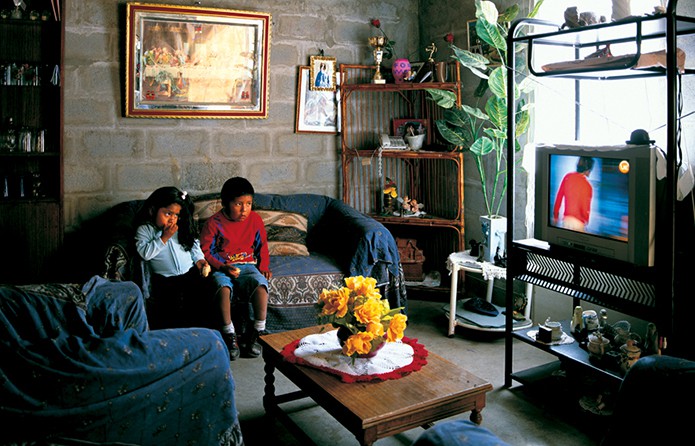
Quinta Monroy is a 2004 Incremental Housing project that provided ninety-three homes in Iquique, Chile. Images © 2016 Elemental.
In effect, Elemental reframed the age-old problems that come with social housing – lack of good investment, people displacement and housing shortages – and designed a modular system in which half a good house can, in time, be further built to middle class standards. Elemental’s Incremental Housing projects epitomise Chilean architecture’s propensity for innovation and sustainable design.
Ruca Dwellings
In 2011, Undurraga Devés Arquitectos designed twenty-five social housing dwellings for a Mapuche community in Huechuraba, a city and commune located in Santiago Province. This Mapuche community wished to participate within contemporary society while retaining its own heritage and beliefs. Traditional Mapuche homes, known as rucas, blended with the landscape and would break down naturally over time, so returning to the land. In this development, homes face to the east, a provision necessary to meeting the Mapuche tradition of opening their front door to the rising sun. Divided across two floors, each home has a larger kitchen – important in Mapuche tradition – and light on the inside is dim and fragmented, recalling the ambience of a conventional ruca. (Quintana, 2013).
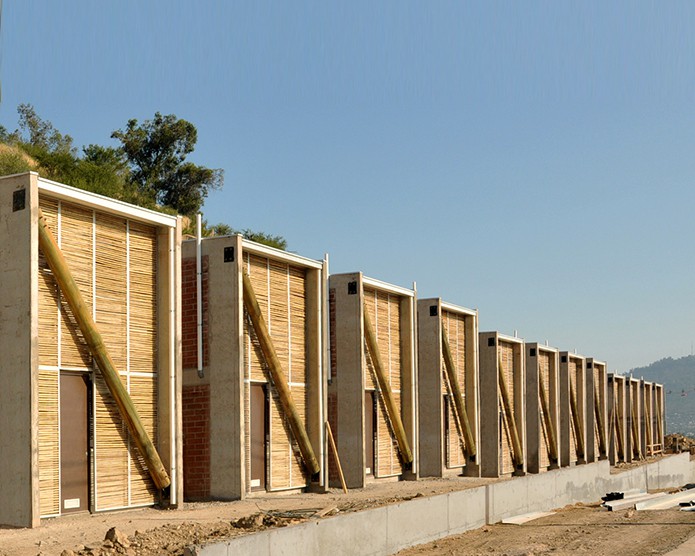
Ruca Dwellings. Image © Guy Wenborne via ArchDaily.
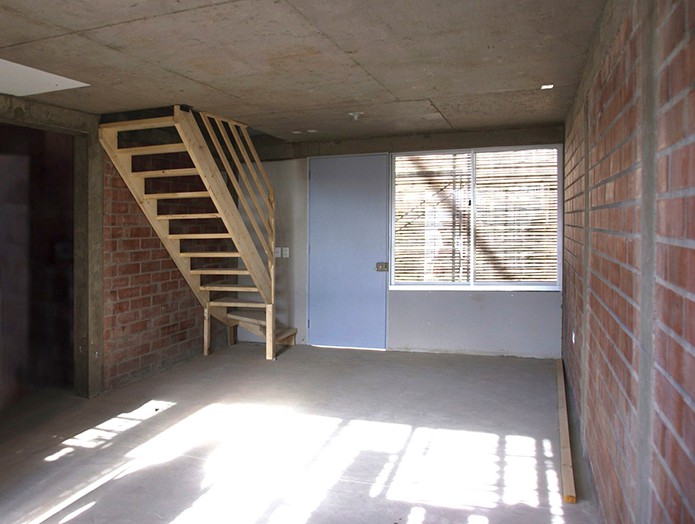
Ruca Dwellings. Image courtesy of Undurraga Devés Arquitectos via ArchDaily.

Ruca Dwellings. Image © Pilar Undurraga via ArchDaily.
Examples of Standalone Contemporary Architecture
Many contemporary Chilean dwellings are influenced by traditional building techniques and styles. Moreover, they are built using wood, a common and accessible material.
Galpon Ranco
Estudio Valdés Arquitectos designed this holiday retreat in a forest on the shore of Lake Ranco, found in the Ranco Province of Chile. The architects made use of the remains of a large barn that was damaged in Chile’s 2010 earthquake, incorporating doors and sections of the barn’s roof trusses. In order to emphasise the traditional timber roof, Estudio Valdés Arquitectos designed a simple but effective minimal supporting structure.
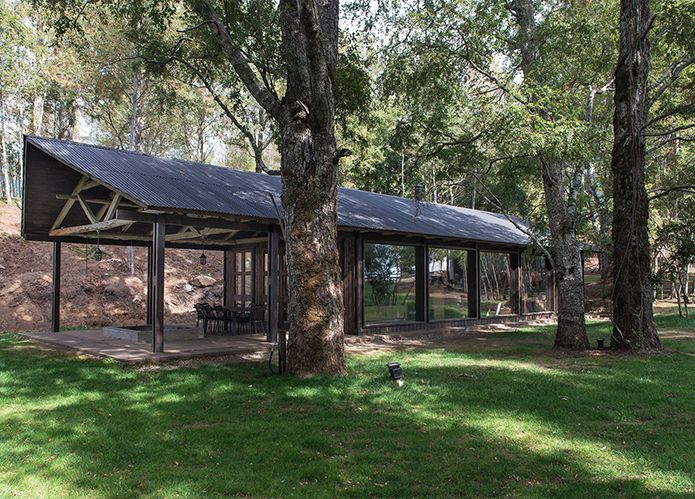
Photography by Felipe Díaz Contardo. Project information and images via Dezeen.
Charred Cabin
A charred timber cabin designed by Chilean architecture studio DRAA acts as a mountain hideaway for its Santiago-based owners. Wood is a traditional and more affordable building material in Chile and the charred effect provides the cabin with a protective layer. In order to minimise costs, the clients requested a building with a small footprint and the minimum of amenities.
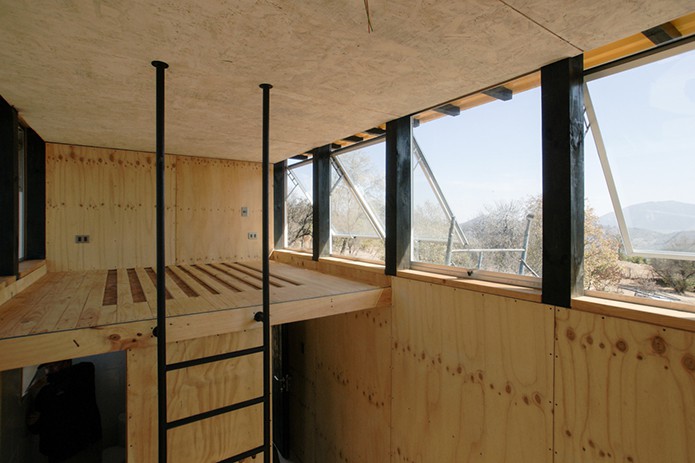
Photography by Felipe Camus via DRAA. Project information via Dezeen.
La Leonera Mountain Retreat
DRAA architects designed La Leonera Mountain Retreat, a weekend house in Farellones village, close to Santiago, for a couple who ski in the winter and bike in the summer. The design was based on the many representative pitched roof properties found throughout the region. Indeed the A-frame house is a classic Chilean house style.
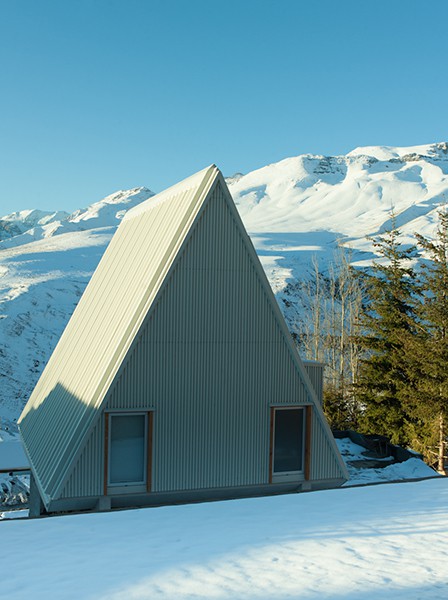
Photography by Felipe Camus via DRAA. Project information via Dezeen.
Hotel Awasi
Architect Felipe Assadi designed a series of wooden hotel cabins on a hillside in Torres del Paine in Chilean Patagonia. The design, using planks of beech wood and a black steel frame, is based on traditional architecture found in the region. The cabins provide standalone quarters for the peaceful and picturesque Awasi Hotel.
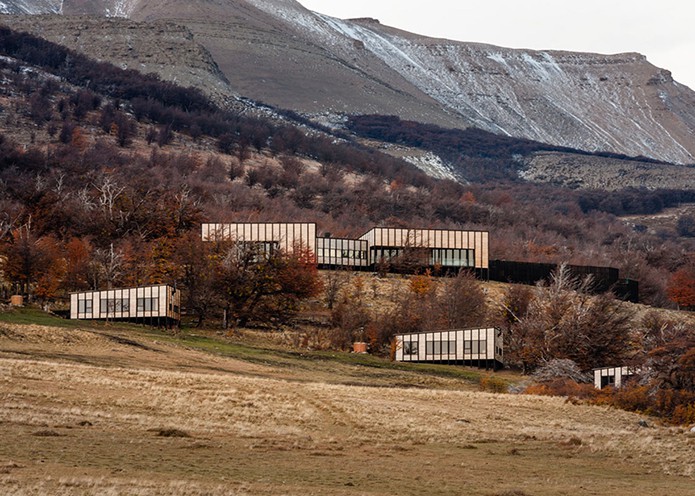
Photography by Fernando Alda. Project information and images via Dezeen.
Chiloe Leisure Centre
The Chiloe Leisure Centre is sited on Chiloé Island, part of an archipelago lying off the coast of Chile. Designed by Jonas Retamal Arquitectos, it is a hotel built entirely with native wood from Chile’s southern region. The hotel consists of a remodelled Chiloé house, with six rooms connected by a bridge and three hidden suites set on a hillside. At Chiloe Leisure Centre, guests are encouraged to embrace many of the traditional customs of the island.
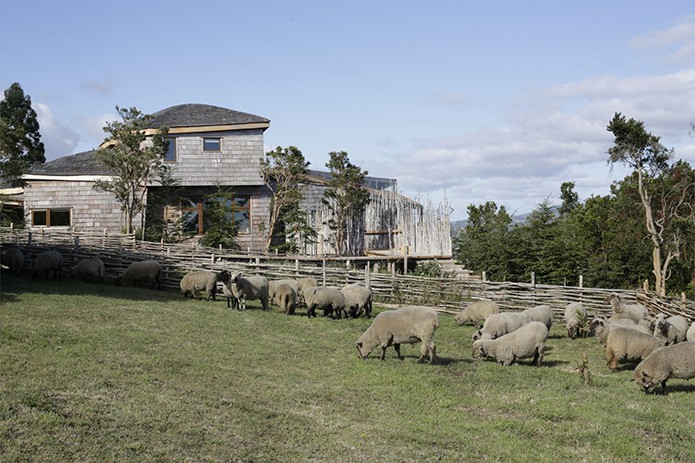
Photography by Pablo Casals-Aguirre. Project information and images via ArchDaily.
Chile’s Unique Architectural Voice
Chile’s remote location has helped to forge the country’s architectural voice. It is so far away from many architectural hotspots – for example the USA, Europe and Japan – that Chilean architects are not defined by prevailing trends. Alejandro Aravena observes: “It means you look to what is close to you — you really pay attention to questions of landscape and materials and labor (sic)” (Miranda, 2015). Architect Cristián Undurraga, of Undurraga Devés Arquitectos, believes the way in which architects work with materials is recognisably Chilean, noting: “It’s very direct. It’s simple. In Chile, we have made a virtue out of poverty” (Miranda, 2015).
Gerard McGuickin is a freelance design writer and a blogger for his online zine, Walnut Grey Design. He writes intelligently about ‘good design’ from the viewpoint of interiors, architecture, objects and lifestyle. Gerard has a specialist interest in modern contemporary Nordic and British design.
References
ABC of Incremental Housing. (n.d.).
Alejandro Aravena of Chile receives the 2016 Pritzker Architecture Prize. (2016, 13 January).
Architecture. (2009, 3 November).
Chile Population. (2016, 15 July).
Quintana, L. (2013, 10 December). Ruca Dwellings / Undurraga Devés Arquitectos. ArchDaily.
Urban/rural division of countries for the years 2015 and 2025. (2016, 15 July).

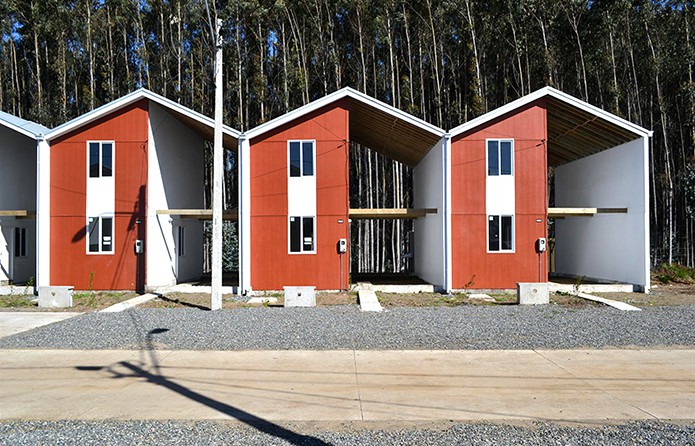
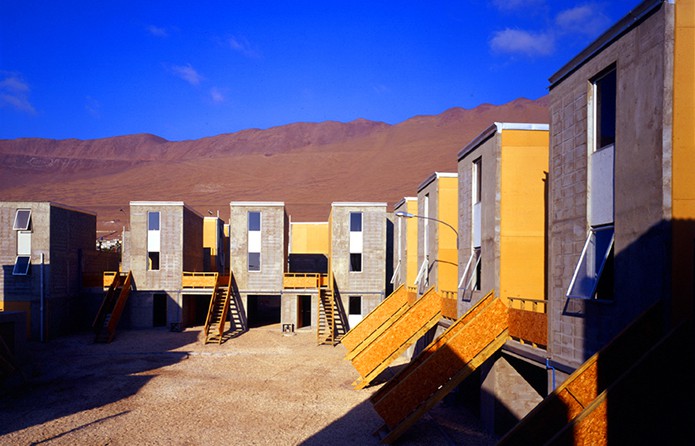
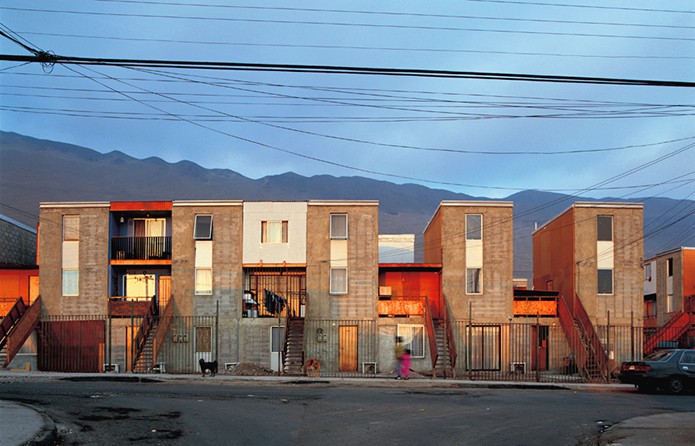
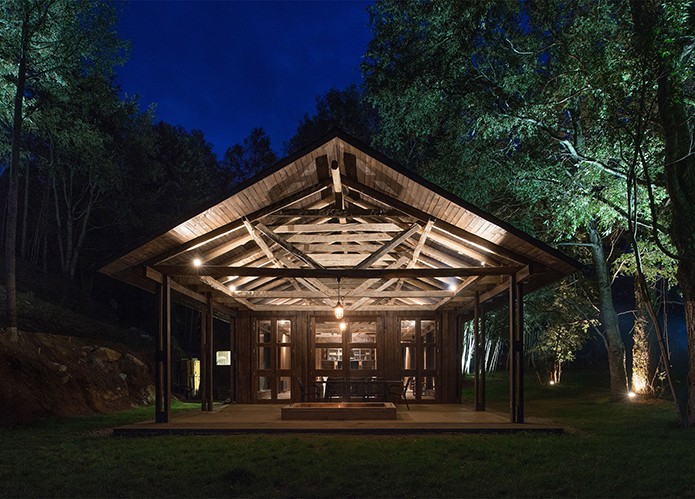
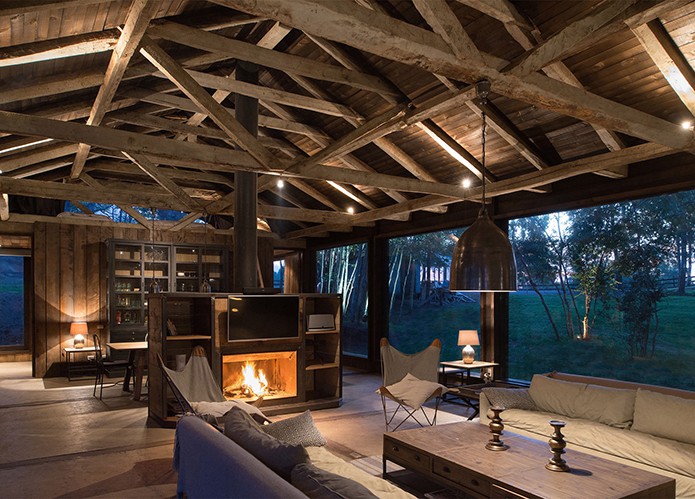
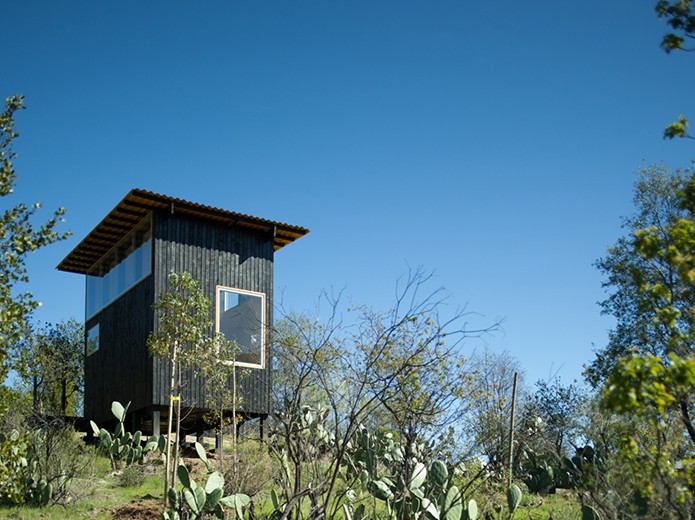
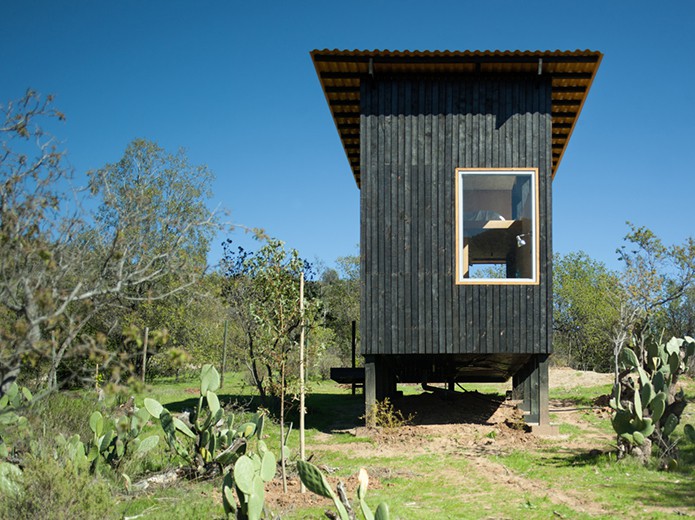
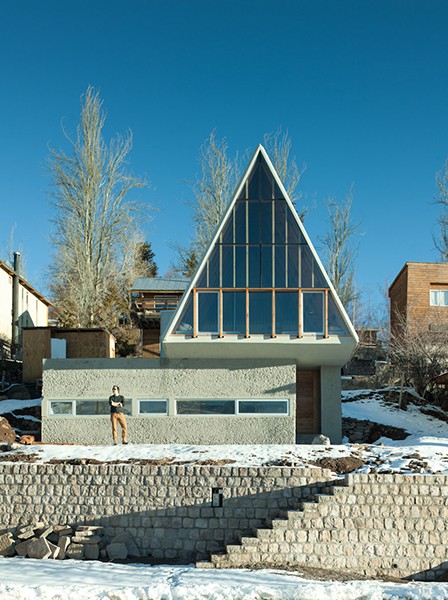
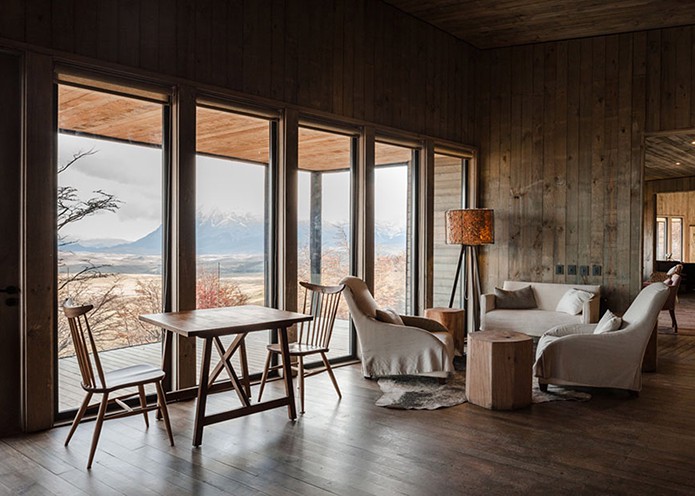
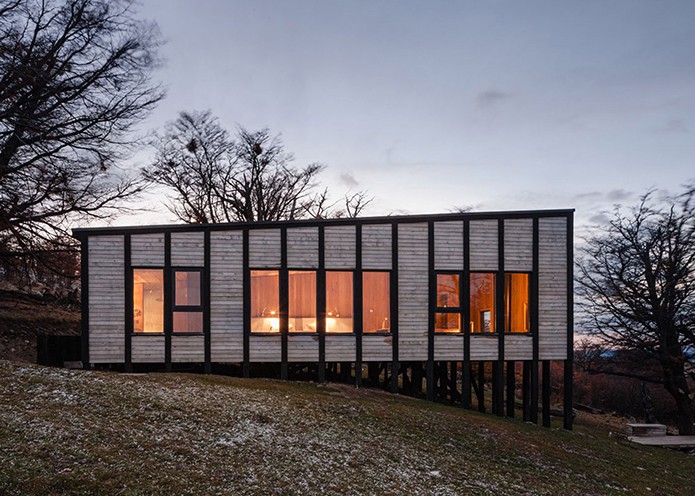
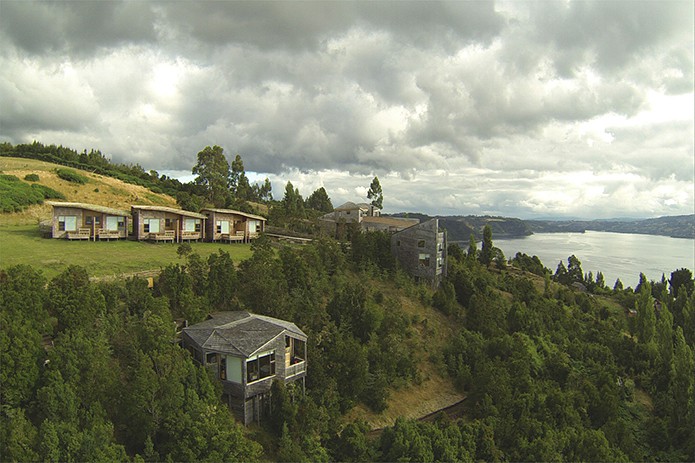
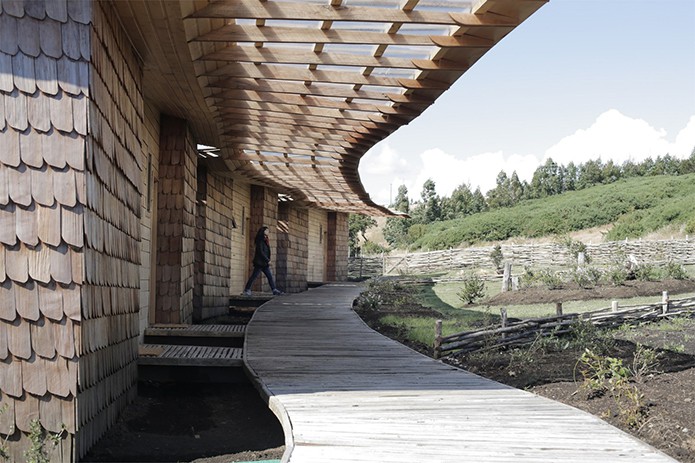









Wednesday, July 6th 2022 at 11:33 pm
[…] What are the houses like in Chile? […]